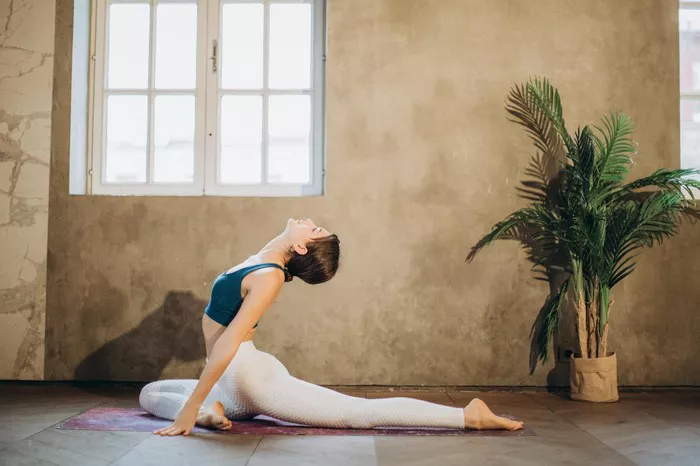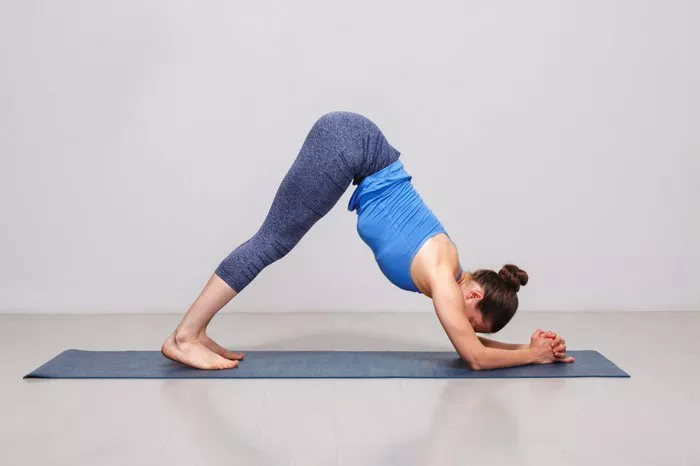In the realm of physical fitness, two activities stand out as perennial favorites: yoga and running. Both boast devoted followers who swear by their respective benefits, but when it comes down to it, which is truly superior? The answer, as it often is with matters of health and wellness, depends on various factors including individual goals, preferences, and physical condition. In this article, we’ll delve into the strengths and weaknesses of both yoga and running to help you make an informed decision about which practice might be best suited for you.
The Case for Yoga
Yoga, an ancient practice originating in India, encompasses a wide range of techniques aimed at improving physical, mental, and spiritual well-being. From the dynamic flow of Vinyasa to the meditative stillness of Yin, there’s a style of yoga to suit every preference and fitness level. Here are some compelling arguments in favor of incorporating yoga into your fitness routine:
1. Flexibility and Mobility: One of the most touted benefits of yoga is its ability to increase flexibility and mobility. Through a combination of stretching and strengthening poses, yoga helps lengthen muscles, improve joint range of motion, and enhance overall flexibility. This can be particularly beneficial for individuals with tight muscles or those looking to prevent injuries.
2. Stress Reduction: In today’s fast-paced world, stress is a common affliction that can take a toll on both physical and mental health. Yoga offers a holistic approach to stress reduction, incorporating mindfulness, deep breathing techniques, and relaxation exercises to promote a sense of calm and well-being. Regular yoga practice has been shown to lower cortisol levels, reduce anxiety, and improve mood.
3. Strength Building: While yoga is often associated with flexibility, it also provides an effective strength-building workout. Many yoga poses require engaging multiple muscle groups simultaneously, helping to improve overall strength and stability. Poses like Plank, Warrior, and Chair pose target the core, arms, legs, and back, providing a full-body workout without the need for additional equipment.
4. Injury Prevention: Unlike high-impact activities like running, yoga is low-impact and gentle on the joints. This makes it an ideal choice for individuals recovering from injuries or those with joint pain or arthritis. By improving flexibility, balance, and proprioception, yoga can help prevent injuries both on and off the mat.
5. Mind-Body Connection: One of the defining principles of yoga is the cultivation of awareness and connection between the mind and body. Through mindful movement and breath awareness, practitioners learn to tune in to their bodies, identify areas of tension or discomfort, and move with greater ease and grace. This mind-body connection can have profound effects on overall health and well-being.
The Case for Running
Running, a form of aerobic exercise that involves propelling oneself forward at a rapid pace, has long been celebrated for its cardiovascular benefits and calorie-burning potential. Whether you prefer pounding the pavement or hitting the trails, here are some reasons why running might be the right choice for you:
1. Cardiovascular Health: Few activities can rival running when it comes to cardiovascular benefits. Regular running has been shown to improve heart health, lower blood pressure, and reduce the risk of cardiovascular disease. By elevating heart rate and increasing blood flow, running helps strengthen the heart muscle and improve overall circulation.
2. Weight Loss and Management: For those looking to shed excess pounds or maintain a healthy weight, running can be a highly effective tool. Running is a high-intensity exercise that burns a significant number of calories, making it an efficient way to create a calorie deficit and promote weight loss. Additionally, running boosts metabolism and improves insulin sensitivity, both of which are important for weight management.
3. Mood Enhancement: Ever heard of the “runner’s high”? It’s not just a myth. Running has been shown to release endorphins, neurotransmitters that act as natural painkillers and mood elevators. This can lead to feelings of euphoria and well-being commonly experienced by runners during and after a workout. Regular running has also been linked to reduced symptoms of depression and anxiety.
4. Community and Camaraderie: Running has a strong social component, with countless clubs, races, and events bringing together runners of all ages and abilities. Whether you prefer solo runs or group outings, the running community offers camaraderie, support, and motivation to help you stay on track with your fitness goals. The sense of accomplishment that comes from completing a race or achieving a personal best can be incredibly rewarding.
5. Convenience and Accessibility: One of the great things about running is its simplicity and accessibility. All you need is a pair of good running shoes and some open space, and you’re ready to go. Whether you’re traveling, short on time, or on a tight budget, running offers a convenient and efficient way to squeeze in a workout wherever and whenever you can.
Conclusion
So, which is better: yoga or running? The truth is, there’s no one-size-fits-all answer. Both yoga and running offer unique benefits and can be valuable additions to a well-rounded fitness routine. Ultimately, the best choice depends on your individual preferences, goals, and physical condition.
If you’re looking to improve flexibility, reduce stress, and cultivate a sense of mindfulness, yoga may be the perfect fit for you. On the other hand, if you’re aiming to boost cardiovascular health, burn calories, and experience the exhilaration of the runner’s high, running could be your ideal workout.
For many people, the ideal approach may be a combination of both yoga and running, allowing you to reap the benefits of both practices while keeping your fitness routine varied and engaging. Whether you’re downward-dogging on the mat or pounding the pavement, the most important thing is to find activities that you enjoy and that make you feel good. So why not give both yoga and running a try and see which one resonates with you? After all, the journey to better health and fitness is all about finding what works best for you.
FAQs:
Can I replace running with yoga?
It depends on your fitness goals and preferences. While yoga offers numerous physical and mental benefits, it may not provide the same cardiovascular workout as running. If your primary goal is to improve cardiovascular health or burn calories, you may want to incorporate both yoga and running into your routine. However, if you’re looking to focus on flexibility, strength, and stress reduction, yoga can be a valuable standalone practice.
Is yoga just as good as cardio?
While yoga offers some cardiovascular benefits, such as increased heart rate and improved circulation, it typically does not provide the same level of aerobic intensity as traditional cardio exercises like running, cycling, or swimming. Yoga can certainly contribute to overall cardiovascular health, but for optimal results, it’s beneficial to incorporate a mix of aerobic and anaerobic exercises into your routine.
Should I do yoga after jogging?
Incorporating yoga into your post-jogging routine can be beneficial for enhancing flexibility, reducing muscle tension, and promoting relaxation. Yoga can help counteract the tightness and stiffness that may result from running, allowing you to maintain better overall mobility and prevent injuries. Consider adding a short yoga session focused on stretching and gentle poses after your run to cool down and aid in recovery.
















